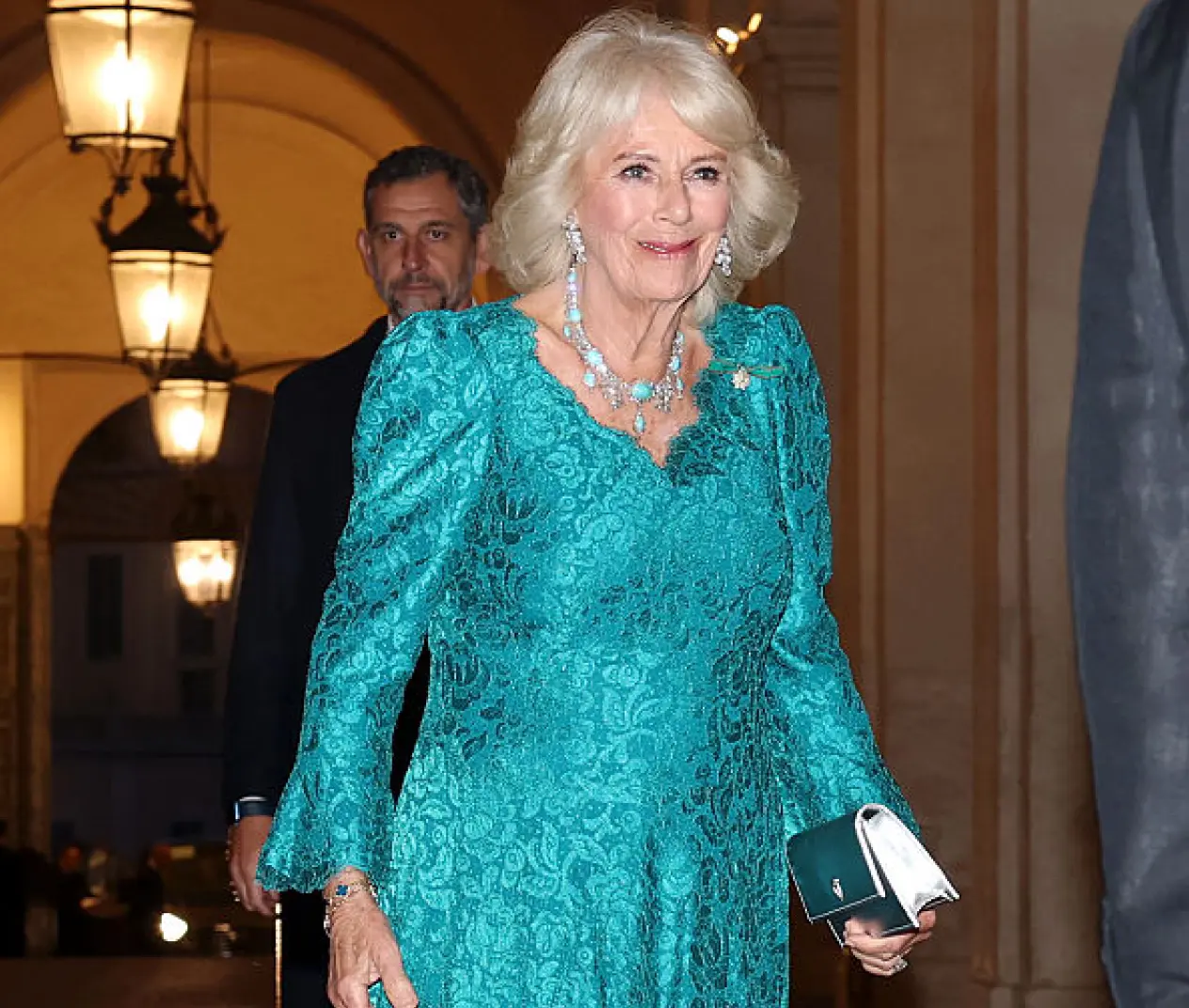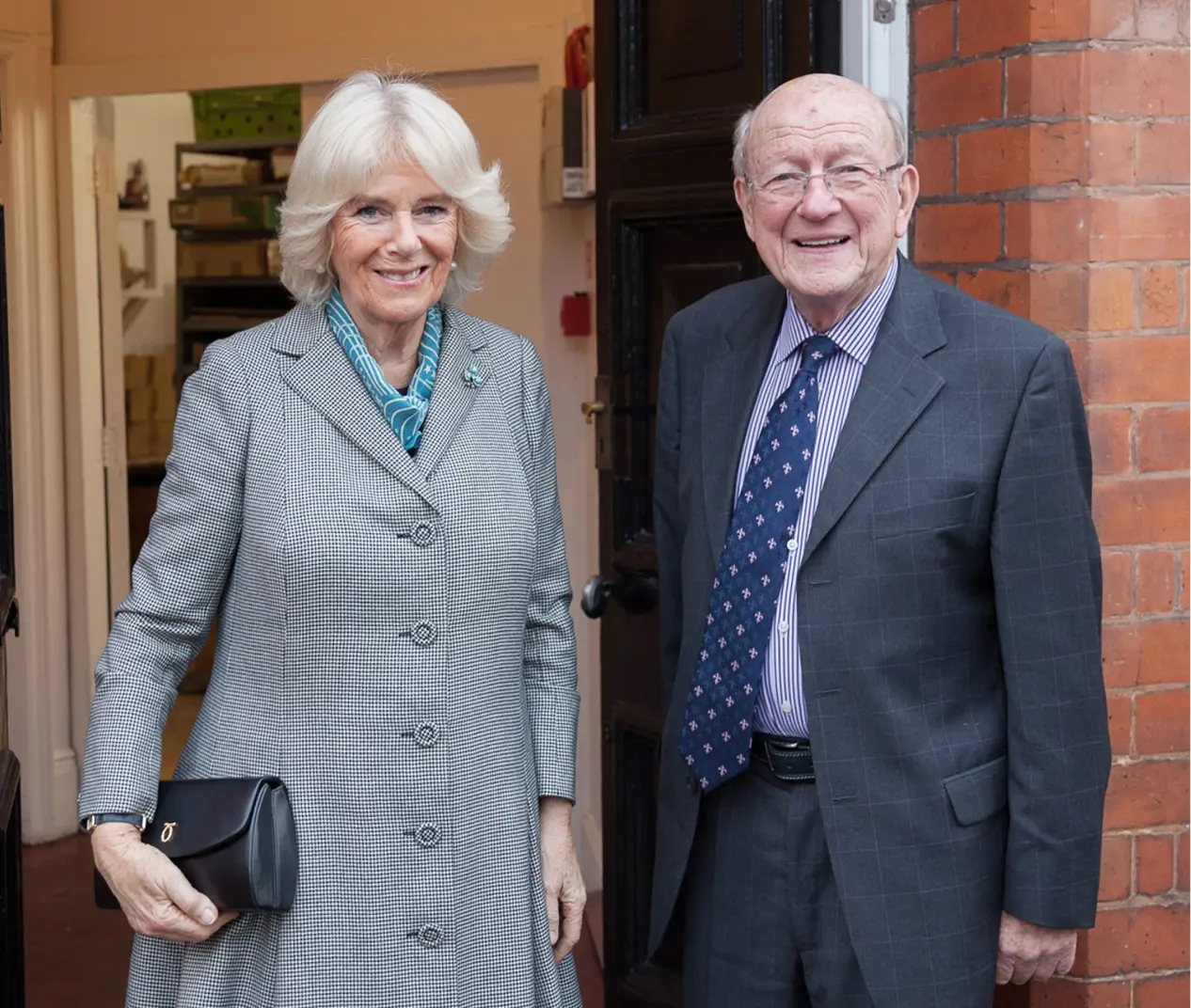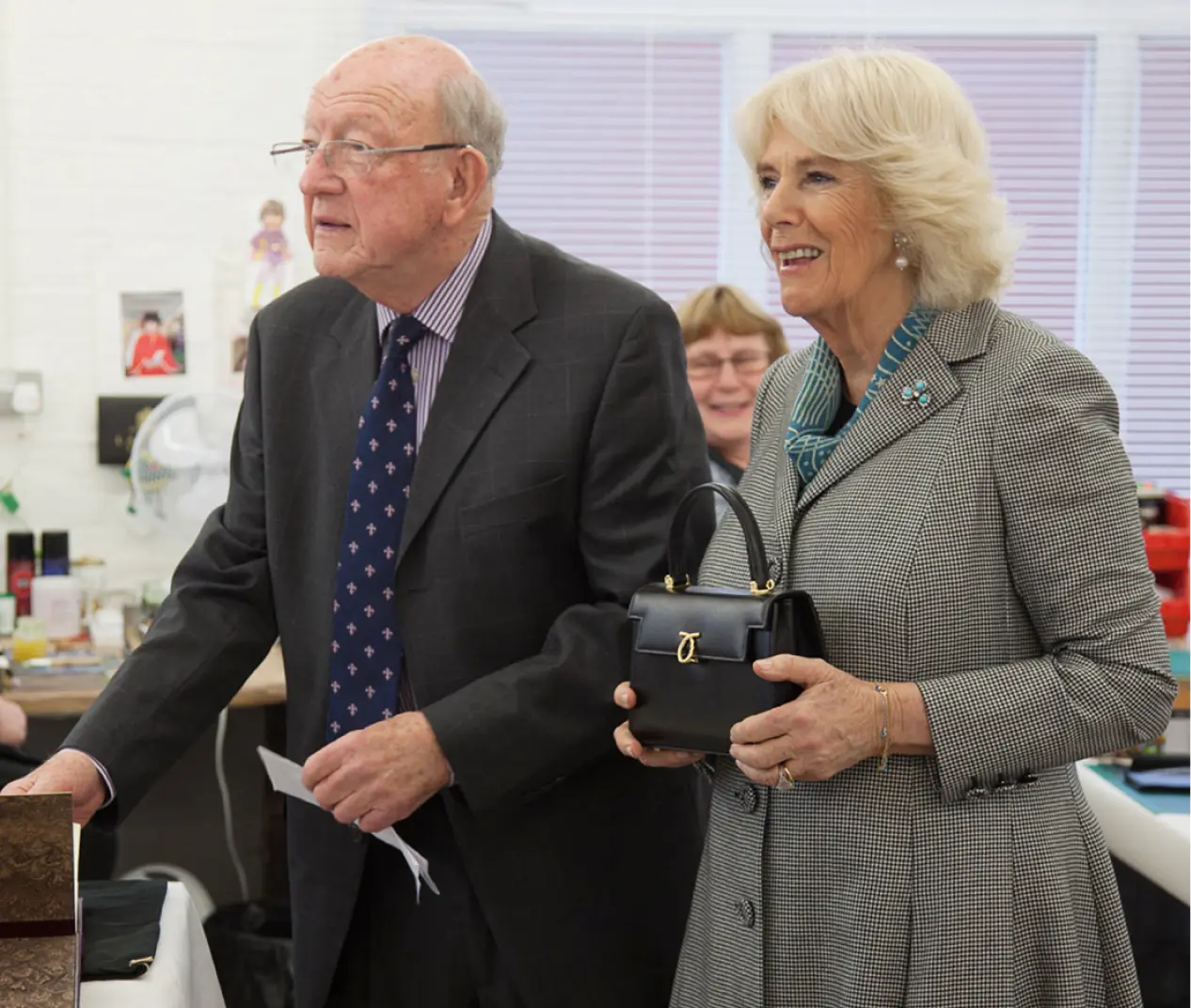The Royal Warrant
There has always been a fascination with the illustrious history of the Royal Warrant. From even the earliest days, the Monarch and his or her court would require goods and services, as would any other household, be that making robes or repairing roofs. Competition for Royal favour was immense and naturally the finest craft and tradesmen wished to supply their services. Royal Charters were the first to be granted by the trade guilds, subsequently known as livery companies. Henry II granted the earliest recorded Royal Charter to the Weavers Company in 1155.

By the 15th century, royal tradesmen were recognised with a Royal Warrant of Appointment. England’s first printer, Willian Caxton was an early recipient, awarded King’s Printer in 1476.
Royal life and tastes evolved through the centuries: Henry VIII appointed Thomas Hewytt to “Serve the Court with Swannes and Cranes” and “all kinds of Wildfoule”. The Field of the Cloth of Gold in 1520 was largely put together by royal tradesmen. Charles II in 1684 roster of royal tradesmen included a Sword Cutter, an Operator for the Teeth, and a Golf-club maker. In 1789 among the list supplying the Royal Household were a pin maker, a mole taker, a card maker and a rat catcher.
Queen Victoria supported the Royal Warrant as we know it today by propelling its prestige to a new level. Throughout her 64 year old reign, the Queen and her family bestowed more than 2000 Royal Warrants – eight times more than her uncle, George 1V. Household names such as Fortnum and Mason, Schweppes and Twining’s, which to this day still hold the prized Warrant.
Women have long featured in the list of those granted Warrants: including a Modeller of Wax Flowers, a Chronometer maker and a Silversmith.
For those fortunate enough to hold one, Royal Warrants continue to be the ultimate seal of approval and prestige, that recognises those that are regular suppliers of goods and services to specific members of the Royal Family.
In the United Kingdom, His Majesty King Charles III and Her Majesty Queen Camilla can bestow a Warrant to companies or tradespeople; Previously it was HM Queen Elizabeth II, Philip, Duke of Edinburgh and the Prince of Wales. The Warrant allows the supplier to display the Royal Warrant crest and promote its association, this alone provides huge kudos.
To qualify a brand, company or service must supply and charge the member of the Royal Family concerned, or their household, with products and services in significant quantity over a period not less than five years.

Her Majesty The Queen in Italy for an official state visit – April 2025
ROYAL WARRANT BY APPOINTMENT TO HER MAJESTY THE QUEEN
In June 2025, Launer was granted the honour of a Royal Warrant by appointment to Her Majesty Queen Camilla for the supply of handbags and leather goods.
The Warrant is a sign of excellence, quality and patronage and continues the tradition of the relationship with the Royal Household which has endured for 62 years. We view this as an immense privilege.
It has been an honour to have supplied Her Majesty with handbags for over two decades including the bag for her wedding to His Majesty King Charles III in 2005.
In January 2020, Queen Camilla visited the Launer factory in Walsall to meet our skilled artisans and be shown the manufacturing journey of a handcrafted leather product.



ROYAL WARRANT BY APPOINTMENT TO HER MAJESTY QUEEN ELIZABETH II
For more than fifty years, Launer held the warrant to Queen Elizabeth II for handbags and leather goods.
Queen Elizabeth was quite possibly the most photographed woman in the world and always carried a Launer bag with its recognisable structured shape and iconic house emblem.
In 1991 HRH visited the Launer factory in honour of a milestone birthday and in support of her long association with the company.
We remain proud to have supplied Queen Elizabeth II for over half a century.